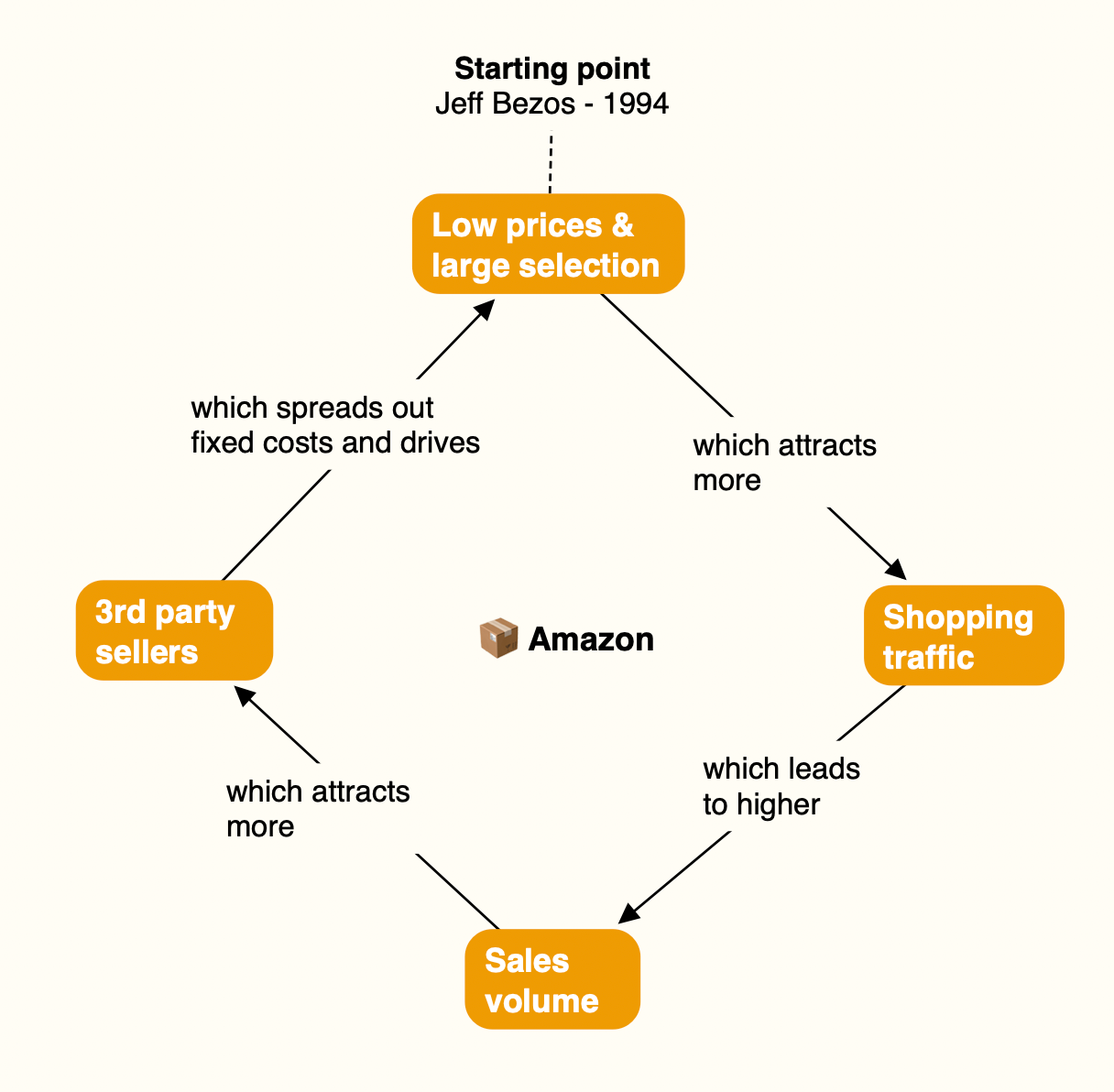🎬 New video: 7 Things I Learned in My First 7 Day Silent Meditation Retreat
Prior to arriving in Bangkok last week, I spent four days in Singapore. It was my first time in the country and I reveled in the food—laksa noodle soups, kueh cakes, goat biryani, visited the Marina Bay Sands hotel that appeared in the Crazy Rich Asians film, and saw friends old and new.
The first thing you notice about Singapore is how clean and orderly the streets are compared to other cities in Southeast Asia.
The second thing is how many of the people you encounter speak English and how English signage and writing is everywhere.
The third thing is how often your Singapore friends—whether locals or ex-pats—will talk about the remarkably effective the nation is.
Singapore is no accident.
When Singapore's founding father Lee Kuan Yew passed in 2015, many world leaders shared their condolences for a man who represented the nation's Washington, Lincoln, and Obama all rolled into one. Australia's prime minster Tony Abbott's quote sums up the nation's incredible transformation well:
Fifty years ago, Lee Kuan Yew led a vulnerable, fledgling nation to independence. Today, thanks to his vision and determination, Singapore is one of the world’s most successful countries.

This puzzle of Singapore and really the possibility of any major success can be attributed to the Flywheel Effect: the continuous improvement that comes from a virtuous cycle or positive feedback loop.
That's the topic of today's letter: how flywheels work and how you can use one.
We can create a basic flywheel that helps explain* how a poor country ($438 USD per capita) of 1.6M people with corrupt leadership in 1959 (when it won independence from to Britain) to a wealthy country ($52,000 USD per capita) of 5.6M people, ranked as one of the least corrupt governments by 2016.
The flywheel goes like this: starting with competent, high integrity leaders (specifically Lee Kuan Yew), the country began implementing effective governance that applied best practices in policy from other nations to educate its people and improve its economy, which created a willingness to pay high government salaries competitive with the private sector , which drew the best and brightest to become high integrity leaders with less incentives for corruption.

Each aspect of the flywheel naturally influences the next—a self-reinforcing cycle that continuously enhances itself. While it's starting point: high integrity leaders, is not easy to reach, the flywheel naturally builds upon itself.
Let's look at another example of an institution that's experience massive transformation over many decades: Amazon.

They are a classic low-cost provider that started with books not because Bezos had a personal passion for them, but because it's expensive to run a retail book store with massive inventory, but a warehouse with hundreds of thousands of books that can be easily packed and shipped out same day is very cost-effective.
Their flywheel looks like this: low prices and wide selection draws in shoppers who visit the site and are more likely to make purchases which gets more sellers interested in listing their inventory on Amazon, which enables big investments in fixed cost infrastructure that can be spread out across a larger base which enables lower prices and wider selection.
Finally for an example closer to home, this is my personal flywheel.
At the end of of 2022, I envisioned a personal flywheel that I shared with my Sidebar group—a mastermind or "personal board of directors" that meets every other week—which expressed a goal of mine: to leave Meta and go full-time with with my executive coaching practice.

In this simplified version of that flywheel, I started with creating space to rest, play, and explore, (starting with this sabbatical) which would allow my creative mind to generate remarkable content which would attract ideal coaching clients, founders and leaders aligned with my approach who were more likely to succeed and serve as testimonials and referrals, leading to non-commodity pricing and higher margins due to lower costs of marketing, which would mean I could do less "work" to pay my bills and make more time for rest, play, and exploration.
Some tips on how to create your own personal flywheel:
- You have to start with something that is a unique advantage or asset. It's probably something you already have access to, is hard to replicate, and is inherently valuable—for Singapore that was having a bold, competent, high integrity leader in Lee Kwan Yew, for Amazon it was an appreciation by Bezos for the power of e-commerce to enable low prices & wide selection, and for me, it was the willingness to invest in a sense of spaciousness and joy—qualities that when lacking, make any achievement feel meaningless or unsatisfying.
- Then you look for what that asset or advantage leads to which is also an asset or advantage: again this doesn't need to be what it does for everyone, but for you in particular. Eventually this cycle needs to come back to your original and most central asset.
In doing this exercise, I kind of surprised myself with the idea that my deepest asset is space to rest, play, and explore. But I do think I have rarely every thrown myself overboard through working, and naturally am inquisitive and playful. These qualities have led me to good places—assuming of course that I have the courage to follow my hunches and try new things.
Do you have a flywheel? Has this conversation sparked your interested in developing one? I would love to hear your thoughts.
—Jason

* I do not pretend to be an expert on Singapore or economic development, but cribbed these ideas from my Singaporean friends and this paper in the Public Administration and Policy called "Why Singapore Works: five secrets of Singapore's success".
PS: In case you missed it at the top, I finally have my reflections from my silent meditation retreat published here: 🎬 7 Things I Learned in My First 7 Day Silent Meditation Retreat
Recent Issues





